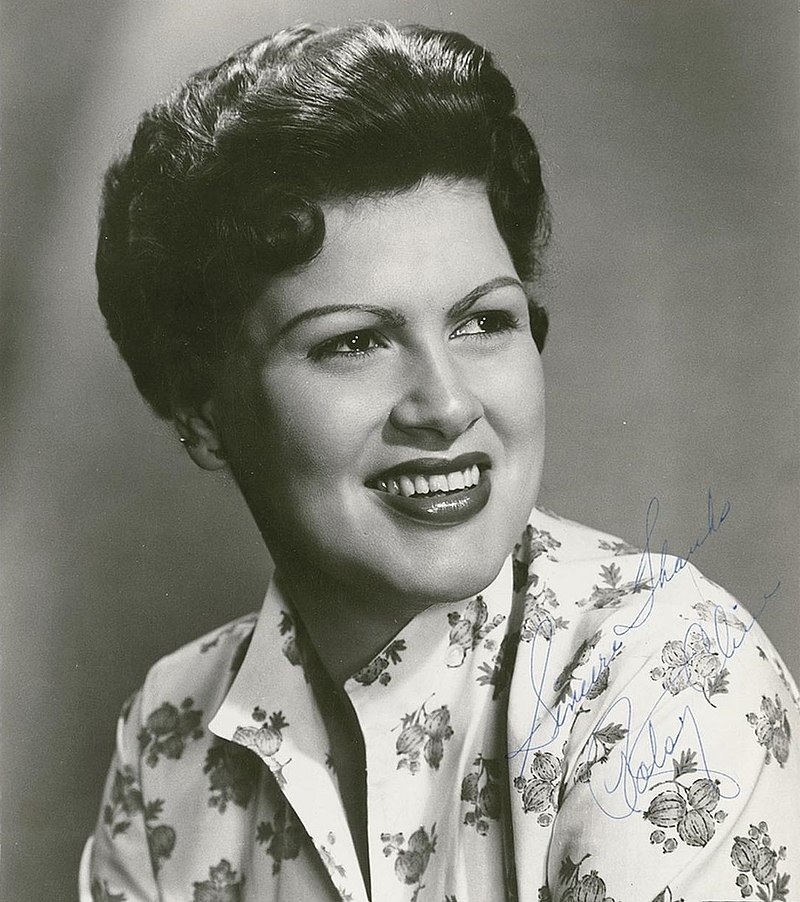Few records have the quiet, stubborn power of Patsy Cline’s “Crazy.” What began as a slow, overlooked ballad became a national heartbreak song because one singer refused to let it be small.
The song’s path to fame was unlikely. Willie Nelson, then a little‑known songwriter, wrote a tender, bluesy number originally titled “Stupid.” He shopped it around. One established performer dismissed it outright. Yet the tune found its way to a producer who heard something larger.
Billy Walker, a country singer who passed on the song, summed up the first rebuff.
“It’s a girl’s song.” — Billy Walker, country singer
That dismissal might have buried the song. Instead, Patsy Cline’s producer, Owen Bradley, heard the potential. Cline herself was unsure at first. Nelson’s laid‑back demo did not match her polished, crooning style. Even so, she took the song into a studio still raw from a recent car crash that left her in pain. Those injuries nearly stopped the recording. Early takes faltered. High notes were hard to reach. She postponed the session, returned days later, and gave the performance that would not fade.
The result was a vocal that mixed strength and fragility. Cline’s tone is smooth and resonant. It carries the ache of wanting someone who won’t return the favor. The words are plain, but she makes them feel enormous. The line that became the heart of the record came from the songwriter’s pen and from a voice that made listeners believe every syllable.
“I’m crazy for crying, and I’m crazy for trying, and I’m crazy for loving you.” — Willie Nelson, songwriter
Owen Bradley’s arrangement kept the music gentle and supportive. A soft piano, distant pedal steel, and backing voices create a cushion. The instruments never shout. They make room for Cline. The production showed respect for the lyric and for the singer’s feeling. That restraint helped the record cross the usual boundaries. It climbed high on the country charts and moved into the pop world, a rare crossover for the time.
“Crazy” changed several careers. It pushed Willie Nelson into the spotlight as a songwriter worth listening to. It sealed Patsy Cline’s reputation as an interpreter who could carry a song beyond genre. It also became one of the most recorded American songs, covered by performers across country, jazz, and pop. Each new version proves the same point: the song’s core is simple and universal, and Cline’s reading remains the one people return to.
For older listeners, the record carries memories. It has been used in films, on television, and in small, private moments when a familiar line can unlock a lifetime of feeling. The song’s lasting power is practical as well as emotional. It demonstrates how a single performance can lift a melody and lyric into something that belongs to a wide audience.
In the studio, the scene was not glamorous. A singer recovering from broken ribs, a careful producer, and a demo from a songwriter who had not yet become a star. Yet from that modest, messy beginning came a recording that still stops people mid‑sentence. The rawness in her voice, the hush of the arrangement, and the patient construction of every phrase make “Crazy” a study in how restraint can heighten feeling.
As versions multiplied over the decades, none erased the original. Each cover nods to Cline’s phrasing or Bradley’s support or Nelson’s fragile lyric. The song keeps arriving to new ears, tugging at the same places in the chest, asking listeners to remember love that hurts and
